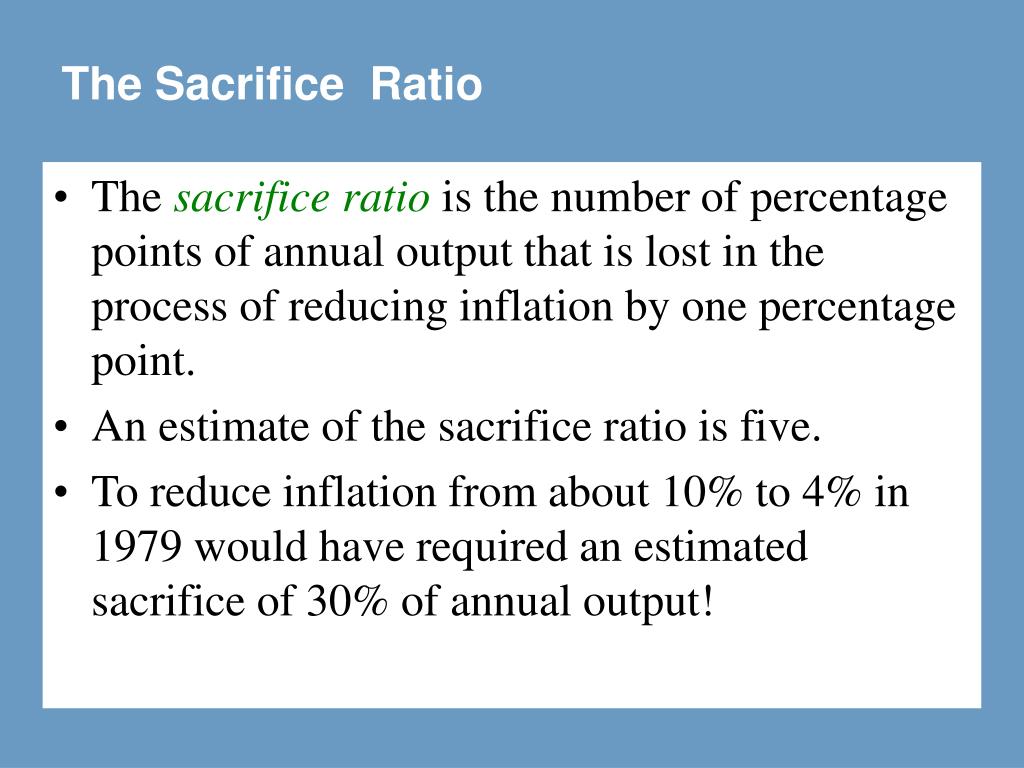
During this period, the country faced high levels of inflation, reaching double digits. In an attempt to combat inflation, the Federal Reserve implemented contractionary monetary policies, resulting in a significant increase in unemployment. This experience highlighted the challenges policymakers face when trying to strike a balance between inflation and unemployment. An analysis of the ratio would show how the country might respond if the level of inflation changes by 1%. For example, if aggregate demand expands faster than aggregate supply in an economy, the result is higher inflation. If an economy is facing inflation, central banks have tools they can use to slow economic growth in a bid to reduce inflationary pressures.
study guides for every class
It seems that the economy may be facing a catastrophic recession of a magnitude not seen since the Great Depression of the 1930s may be on the horizon. Next, Using Okun’s law, we can estimate how much output will fall given a one percentage point increase in unemployment. The movement from point A to B depicts the sacrifice to be made to reduce inflation. When inflation expectations reduce in the long run, the Phillips curve PC2 is formed.
Policy Lessons for the Modern Economy
- Sacrifice ratios will also appear to be volatile in these circumstances because the output will not be as volatile.
- Now that we have gained a substantial idea about the sacrificing ratio; let’s now take a look at the point of differences between two concepts that are often confusing.
- In recent years, unconventional monetary policy measures have gained prominence as alternative approaches to managing inflation and unemployment.
The sacrifice ratio shows how much output is lost when inflation goes down by 1%. This helps central banks to set their monetary policies, contingent upon whether they need to support or dial back the economy. For instance, if inflation is getting too high, the central bank can utilize the sacrifice ratio to determine what moves to make and at what level to influence output in the economy basically cost. The sacrifice ratio shows how much output is lost when inflation goes down by 1%.
Alternative Approaches to Balancing Inflation and Unemployment
On the other hand, the partner who gains the share calculates a gaining ratio at his/her end. While the sacrifice ratio is a widely used economic concept to understand the trade-off between inflation and unemployment, it is not without its critics and limitations. In this section, we will explore some of the main criticisms and limitations of the sacrifice ratio.
Sacrifice Ratio in Economics
This reduced employment is the sacrifice the economy must bear to fight inflation. When an individual enters the firm as a firm partner, it becomes mandatory to adopt sacrifice ratio formula a new profit sharing ratio. Nevertheless, it must be noted that there are different situations when the new profit sharing ratio of partners has to be computed.
Sacrifice Ratio in Economics Meaning
Therefore, to reach the desired 2% inflation rate, unemployment would need to increase by 9 percentage points. As with most calculations used to measure the condition of the economy, the sacrifice ratio is only as good as the data collected. Okun’s Law estimates the relationship between output and unemployment, and the short-run Phillips curve estimates the relationship between inflation and unemployment. The surge or reduction in SR is related to inflation rate fluctuations and approach to labor and product markets. While countries with more adaptable labor agreements, self-reliant central banks, stable rates, and reliable economic regulations possess a lower SR.

It measures the cost of reducing inflation by a certain percentage, in terms of the increase in unemployment required. For example, if a country wants to reduce inflation by 1%, the sacrifice ratio would indicate the percentage increase in unemployment necessary to achieve that goal. It is important to note that the optimal sacrifice ratio can vary across different economies.
It is the ratio of cumulative percentage loss of GDP (due to disinflationary policy) to the reduction in inflation that is actually achieved. A – The sacrifice ratio assists the policymakers track the past monetary fluctuations and design a better fiscal policy accordingly. As needed, they can implement the steps required for boosting or reducing the economic pace. The SR depicts the sacrifice in terms of unemployment that monetary authorities have to make to pull down inflation. This sacrifice has to be made in the short run to reduce inflation expectations in the long run.
The sacrifice ratio is calculated by taking the cost of lost production and partitioning it by the percentage change in inflation. Monetary policy decisions made by central banks have a direct impact on the sacrifice ratio. When a central bank tightens monetary policy by increasing interest rates or reducing the money supply, it aims to curb inflation. However, this can lead to higher unemployment rates in the short term, resulting in a higher sacrifice ratio. Conversely, expansionary monetary policies, such as lowering interest rates or increasing money supply, may reduce unemployment but potentially at the cost of higher inflation and a larger sacrifice ratio. For instance, during the Volcker era in the United States in the early 1980s, the Federal Reserve implemented a tight monetary policy to combat high inflation.
 CV0.net vous accompagne dans votre recherche d'emploi et permet aux entreprises de partager leurs offres de jobs gratuitement !
CV0.net vous accompagne dans votre recherche d'emploi et permet aux entreprises de partager leurs offres de jobs gratuitement !



